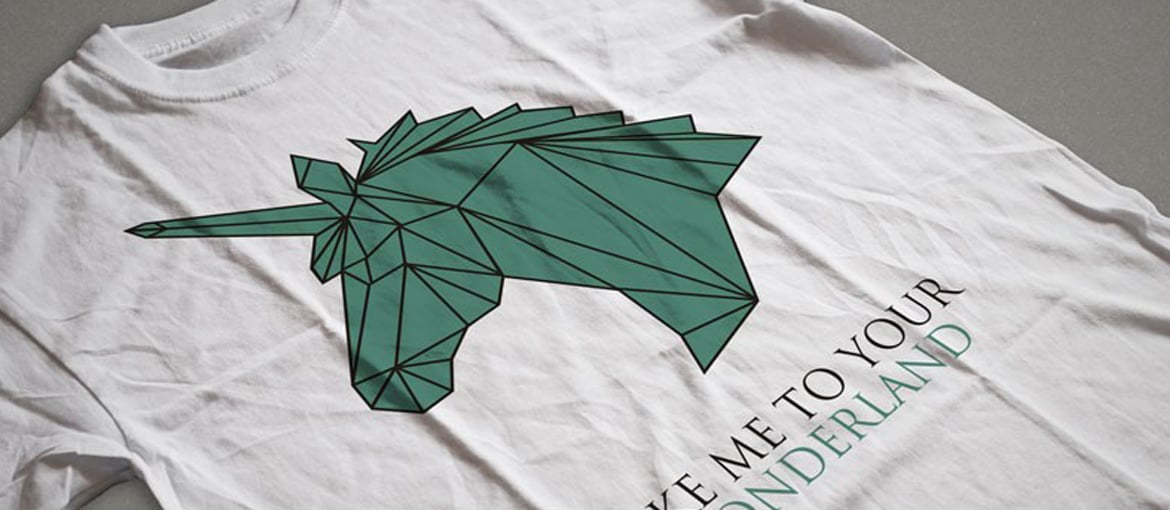Table of Contents
On this blog, we’ve often talked about digital printing: from so-called digital offset – HP Indigo technology that adds outstanding print quality to the traditional advantages of digital – to digital finishes, the final touch that can give a printed product a unique aesthetic feel, improve its functionality or simply customise it.
In all these cases, digital technology has an enormous advantage: it makes short print runs possible – down to a single unit even – and keeps prices affordable.
So let’s continue our journey of discovery into the world of digital printing by looking at another technology used by Pixartprinting: digital screen printing on fabric.
From screen printing to digital screen printing

There are various methods for printing on fabric, which we’ve looked at in depth on our blog. The most ancient and traditional method is screen printing.
Screen printing and industrial screen printing use screens, pieces of permeable mesh stretched over a rigid frame, which allow ink to pass through to the fabric below. This method enables fast and high-quality printing, but preparing the screen is an expensive manual process, with a set-up cost which is only absorbed by producing long print runs with the same screen.
Digital screen printing overcomes the drawbacks of traditional printing: it enables very short print runs – down to a single unit – and keeps prices affordable. Let’s see how it works.

How Kornit digital screen printing works
In digital printing, the machine first applies a solution to the fabric that helps the ink to adhere properly to that particular surface. Technically, this solution is called a “primer” and usually contains acetic acid.
The surface of the fabric is now ready to receive and hold a special type of ink for four-colour printing on textiles. The fabric is then dried with hot air.
The design or pattern to be printed is transferred directly from a computer to the printer. So, with this technology, there is no need to prepare a screen manually, which virtually allows clients to change the design printed on each garment that passes through the machine.
The technology that Pixartprinting has been using for over five years to print digitally on fabric was developed by Kornit, a multinational specialising in innovative textile printing.

Printing a t-shirt with Pixartprinting
Thanks to this system, you can print the design of your choice on all sorts of fabric items, from t-shirts and caps to flags and garment bags.
In the Pixartprinting catalogue you’ll find, for example, digital printing on t-shirts. You can choose whether to print on the front, back or both sides of the garment and, thanks to digital technology, you can decide to print just a single t-shirt. The price remains affordable, even for a single garment, at around £13.

